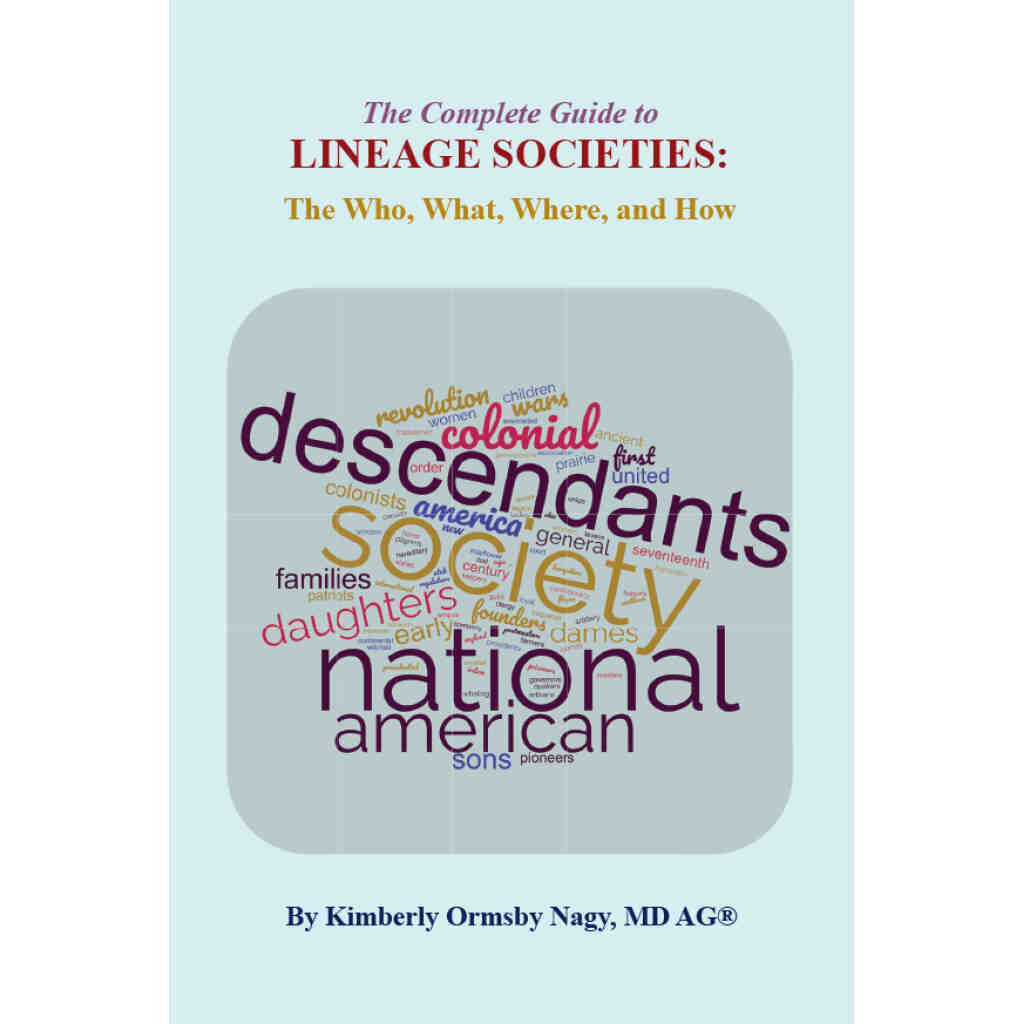Above, the original document as it appeared in the Ancestry database, with white print on a black background. I found the dates a little difficult to decipher.
At far right of screen, I clicked the wrench symbol to see various tools for viewing this document. (See image here --> for a close-up of the wrench.)
When a document has a dark background and white print, maybe "invert colors" will make it more readable.
After inverting, I found it easier to read about Louis Mandel, a tailor living on Stanton Street in the Lower East Side of Manhattan, who arrived at the port of New York on November 20, 1890. He declared his intention to seek US citizenship on July 22, 1896 . . . and he became a US citizen on July 19, 1906.
Even better, as I clicked through the multiple documents in Louis's file, all were inverted to black on white after I inverted the first in the series.
For other documents, I've used other tools, such as rotating left or right when a document has writing in more than one direction or a photo doesn't appear right side up. Not new tricks, but good tools to keep in mind, available under the wrench symbol on Ancestry.
Similar tools are available on FamilySearch, as shown in image directly above. Here, the symbol is a pair of sliders leading to this menu (see red outline). Adjust brightness and contrast, invert image colors, rotate image. Such handy tools.
PS: Teresa notes that Find My Past has similar tools (invert colors, contrast, etc) for use by subscribers.
"Symbol" is this week's #52Ancestors genealogy challenge from Amy Johnson Crow.
























